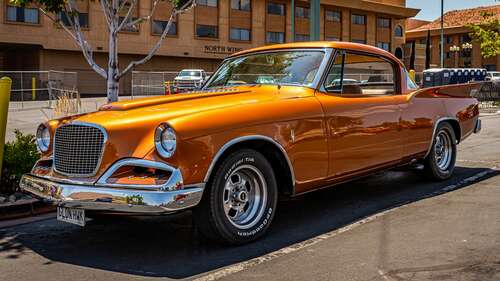
The Studebaker name goes back much further than Ford, Chevrolet, Renault, or Benz, as it was once affixed to wagons and carriages from the most successful manufacturer of such products in America. Founded in South Bend, Indiana in the 1850s, the Studebaker brother’s carriage business quickly grew based on the high quality of their products, which carried all varieties of goods and passengers throughout the young country. With a major boost in business from the Civil War, Studebaker became the premier carriage maker in America, even producing the model that carried the body of Abraham Lincoln to his funeral.
As times changed, so did Studebaker, transitioning from a carriage maker to an automaker around the turn of the century. The early days of automobile development featured many automakers producing battery-powered vehicles, long before Tesla existed. Studebaker’s first models were battery-powered cars; gasoline-powered models followed just a couple of years later. For a time, electric, gasoline, and horse-drawn vehicles were produced at the same time in different factories, but by the 1920s, only gasoline-powered vehicles remained in production. The first electric vehicles were designed and manufactured by Studebaker, and the company got its start in producing gasoline-powered cars by acquiring Everett-Metzger-Flanders, which built cars that were sold by Studebaker. After receiving many complaints about quality, Studebaker acquired the company to correct the issues and established the Studebaker Corporation in 1911.

